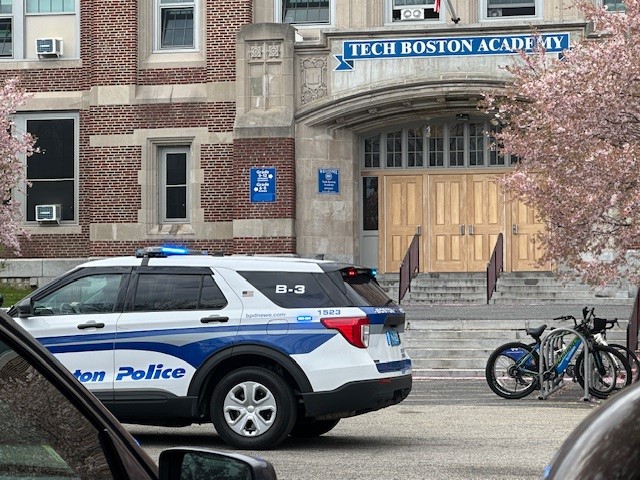Doctors, nurses and medical staff at Beth Israel Deaconess Medical Center were among the first to treat the wounded moments after two bombs went off at the Boston Marathon finish line.
Five years later they are reflecting on those harrowing hours.
"I remember, I remember the patients distinctly," said Dr. Alok Gupta, trauma surgeon at BIDMC. "I remember their injuries."
A group of doctors, nurses and medical staff at BIDMC sat down with NBC10 Boston. They were working in the emergency room April 15, 2013, less than three miles from the finish line.
Get Boston local news, weather forecasts, lifestyle and entertainment stories to your inbox. Sign up for NBC Boston’s newsletters.
"We didn’t know if we were dealing with a dirty bomb or if there was possibility of radiation," said Dr. Richard Wolfe, chief of emergency medicine at BIDMC. "We didn’t know if we’d be a secondary target."
That uncertainty and fear was quickly replaced by extreme focus.
"You focus on what you have to do in the moment, so there wasn’t a whole lot of emotion initially," said Alison Small, nursing director.
Local
In-depth news coverage of the Greater Boston Area.
Beth Israel was one of six trauma centers in Boston that treated the wounded. Of the 275 who were injured, 24 came to Beth Israel. The first patient arrived just 11 minutes after the attack. 14 were in the operating room that evening. It was something most of these medical professionals had never experienced before.
"The volume and intensity of what we were doing in this situation was different than when you are sitting with one patient," said Barbara Sarnoff Lee, senior director of social work.
Everyone who came through the emergency room at BIDMC that day, survived.
Five years later this group says a lot has changed.
"We looked at how to be quicker at every step of the way,” said Wolfe "We looked at how to make sure that no ball was ever dropped in the room when there’s this degree of chaos."
And they do that by holding disaster drills. An increasing number of staff is now eager to participate. There’s also a renewed focus on expanding training with life-saving equipment, like tourniquets.
"I think what’s changed is that the conversation has changed and the culture has changed," said Gupta.
These five years have given this staff a chance to reflect. For some, it took time to process.
"It does take a toll on all of us. I don’t care what anybody says," said Meg Femino, senior director of emergency management at BIDMC. "It’s part of who we are now."
One of the changes they’ve been is that they rotate staff more often.
It’s the patients that’s helped many of them get through. Their resilience carries them now five years later.
"It’s really just remarkable to see how far they’ve come," said Gupta.



